Tool Investment Decisions: Financial Strategies for Beginners
Your wallet doesn’t lie. Whether renting or owning makes sense boils down to three factors: how often you’ll use the tool, your project timelines, and your long-term business goals.

When Renting Tools Wins
Renting shines for short-term jobs or unpredictable demand. Take Denver-based carpenter Maria Reyes, who slashed her startup costs by 40% using Sunbelt Rentals’ $98/day skid steer package instead of buying one outright for $38,000 1. Rental agreements typically cover repairs and insurance. This is a lifesaver when a rented concrete saw malfunctioned mid-project, and the supplier replaced it within hours 2.
Tax perks sweeten the deal: The IRS lets tradespeople deduct 100% of rental fees as operating expenses, compared to complex depreciation schedules for owned equipment 2.
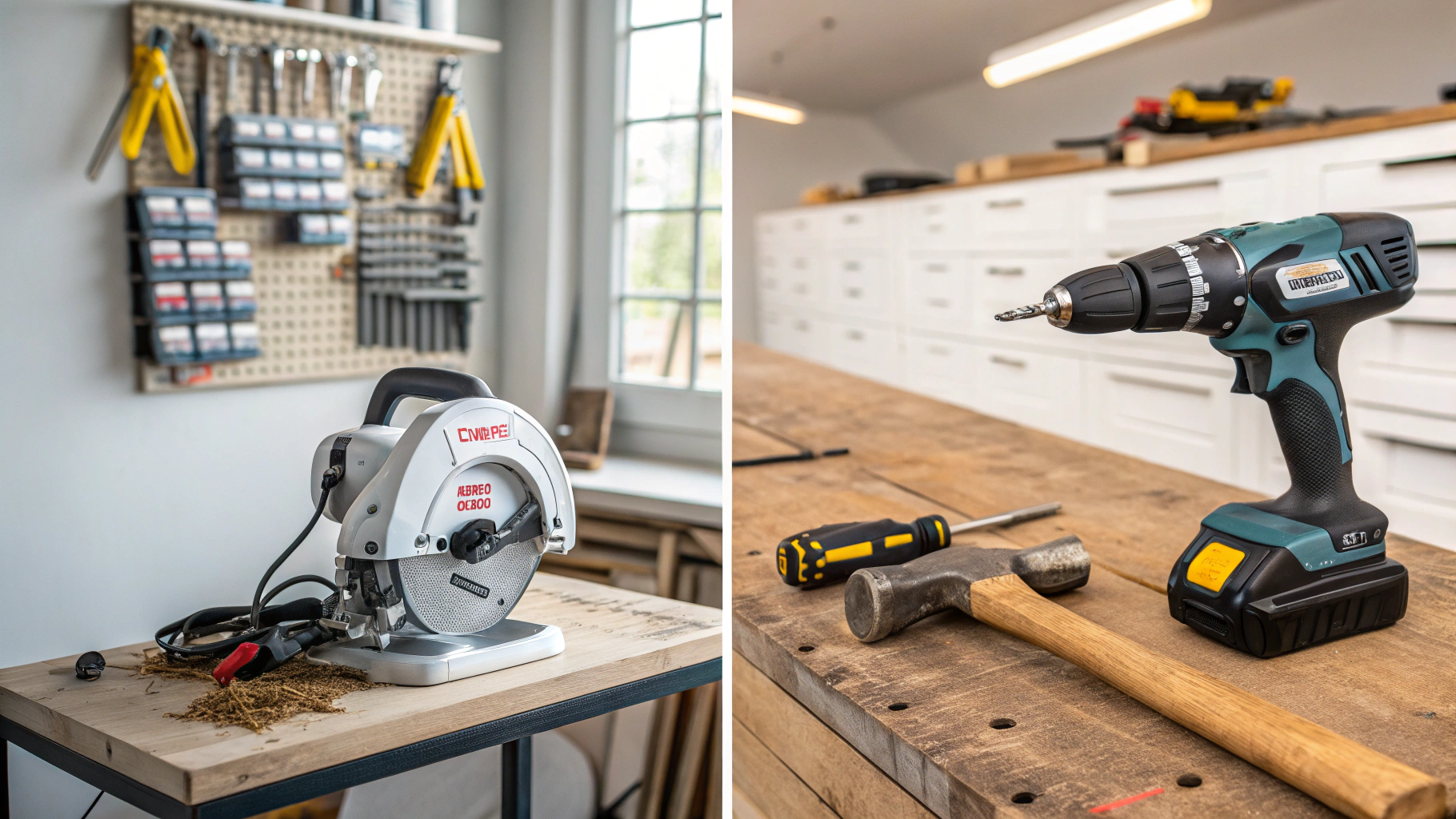
When Owning Tools Pays Off
Daily users save big long-term. Milwaukee’s M18 Fuel impact driver costs $199 to buy versus $32/day to rent. At 150 uses/year, ownership breaks even in 7 months. Ownership also unlocks customization. Electrician Luis Tanaka modified his owned cable crimper to handle niche automotive jobs, boosting his side hustle revenue by 25% 2.

2025’s Most Rent-Friendly Tools for New Tradespeople
Beginners should approach tool acquisition like a chess game… strategic moves always beat impulsive buys.
Rent These First
- Earth Movers: Only 12% of independent contractors own mini excavators due to $58,000+ price tags 5. Rent for $1,820/week for foundation jobs .
- Specialty Saws: Track saw rentals ($45/day) prevent $500 purchases for one-off tile projects .
- Diagnostic Tech: IoT-enabled tools like Fluke’s thermal imagers ($129/day rental) let HVAC beginners detect leaks without $3,500 investments 6.
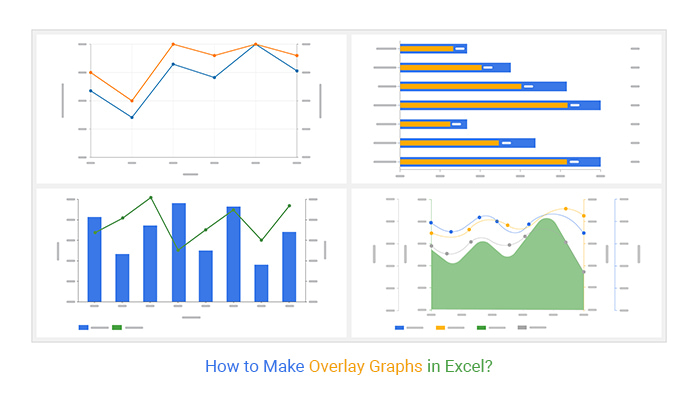
Invest Early In
- Daily Drivers: DeWalt’s 20V Max drill ($169) pays for itself in 11 rentals .
- Safety Gear: OSHA-compliant harness systems ($220 owned) outpace rental costs by month 3 .
The 40-60 Rule: Your Blueprint for Cost-Effective Choices
Math settles debates. Calculate your Usage Rate:
(Monthly Tool Hours / 176) x 100 = %
- Under 40%: Rent. Ideal for seasonals like snowblowers (28% usage for Colorado landscapers) .
- Over 60%: Buy. Flooring pro Amanda Wu owns her $2,800 air compressor (73% usage) instead of renting monthly for $370 7.
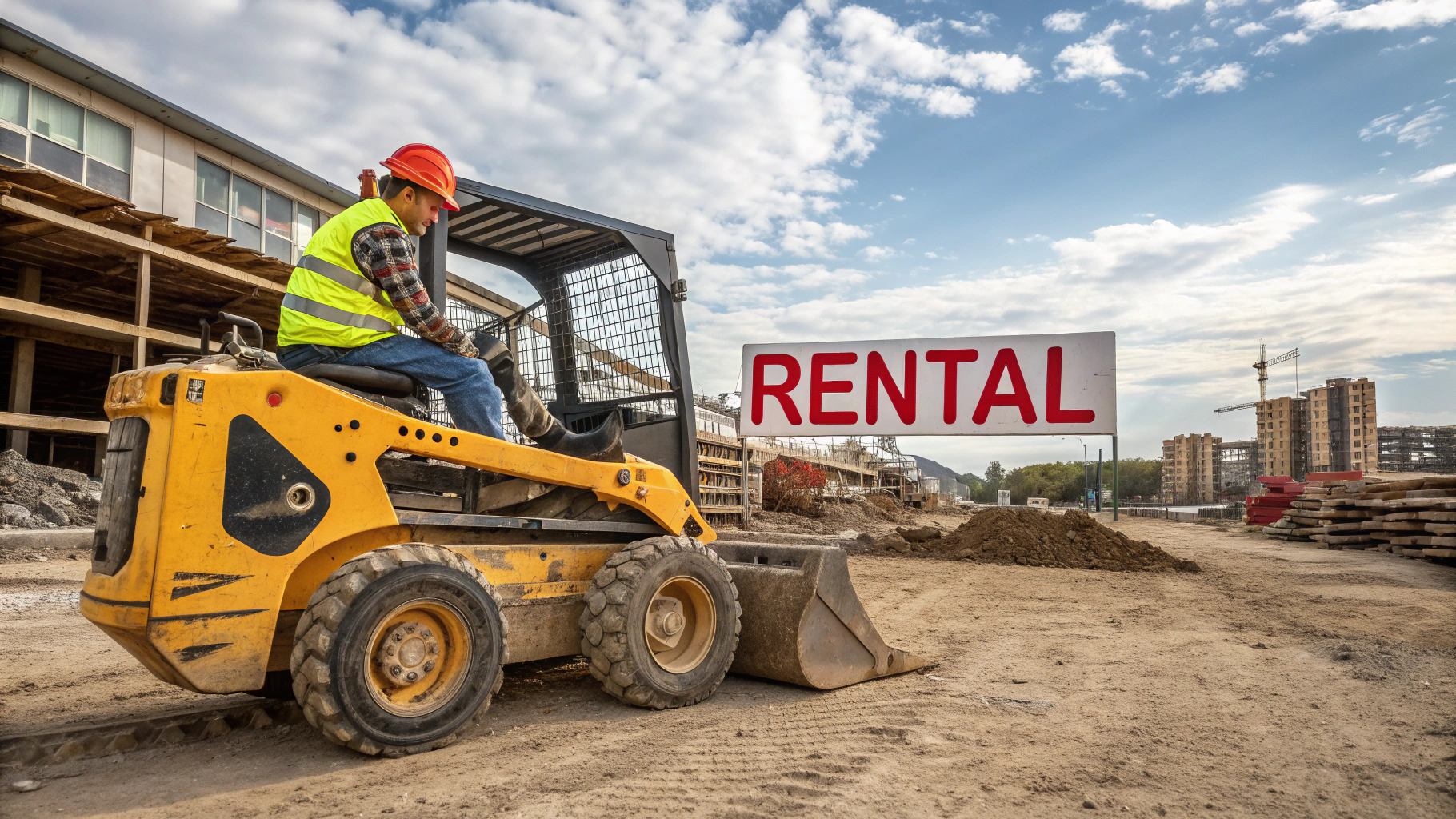
Tech Trends Reshaping 2025’s Tool Landscape
Stay ahead with these game-changers:
- AI-Powered Rentals: United Rentals’ new platform recommends cost-optimized tool bundles based on your project specs 8.
- Eco-Mandates: California’s Clean Tools Act pushes 60% of contractors toward electric excavator rentals 6.
- Gig Economy Models: TaskRabbit-style apps like ToolBros offer insured hourly rentals for weekend drywall jobs .

3 Make-or-Break Questions for New Tradespeople
- “Will I Use This Weekly?” Brushless grinders used 2x/month? Rent. Daily? Buy 10.
- “Can I Handle Repairs?” Rental companies fix tools for free. This is critical when starting 11.
- “What’s the 5-Year Cost?” Compare total ownership (price + maintenance + storage) against 60 rentals 12.
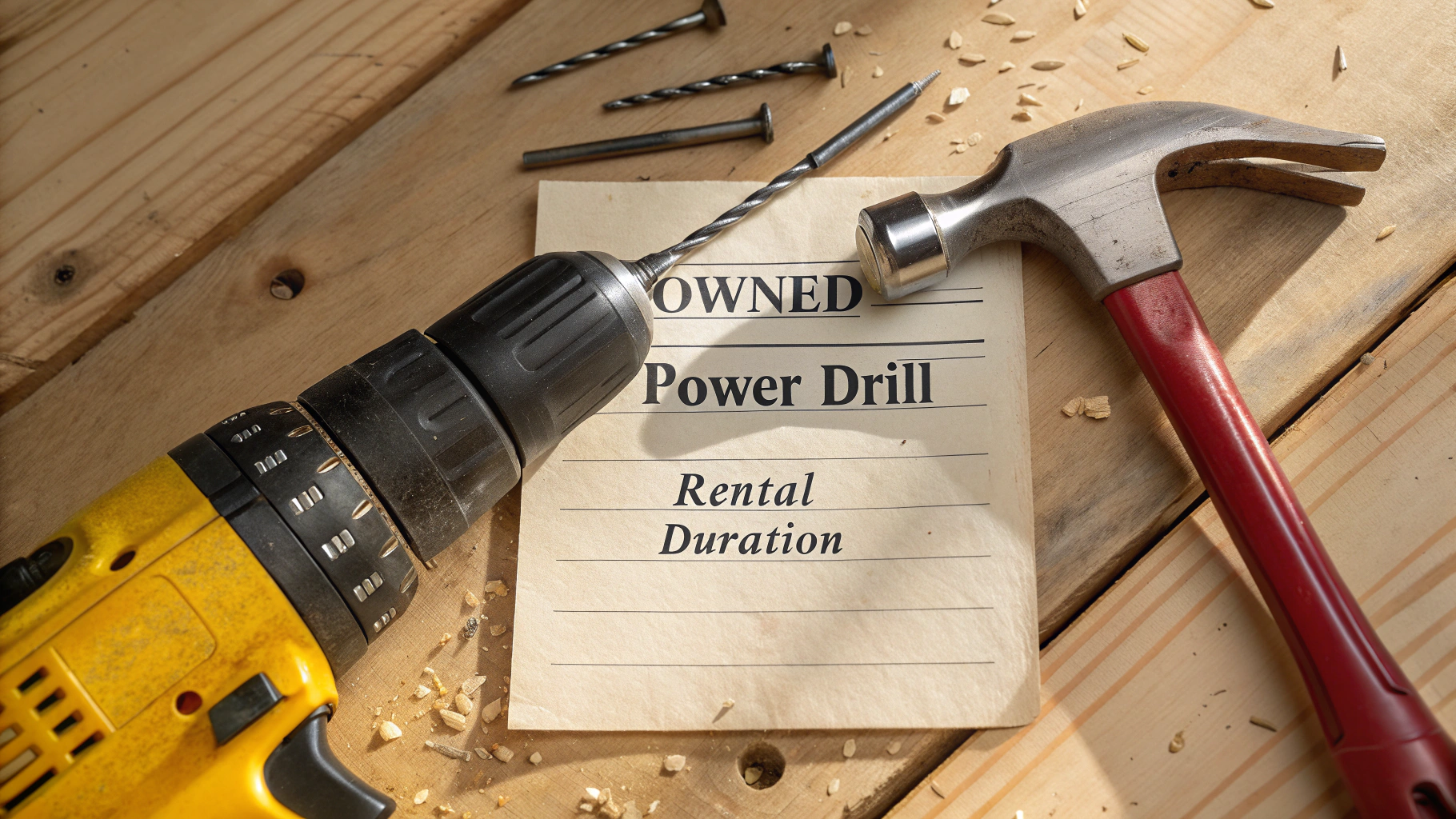
The Final Measure: Your 2025 Survival Guide
Data doesn’t bend: 85% of seasonal workers save 30%+ by renting 8, while full-time plumbers cutting 18 service calls/month profit from ownership. Tools are partners, not expenses.
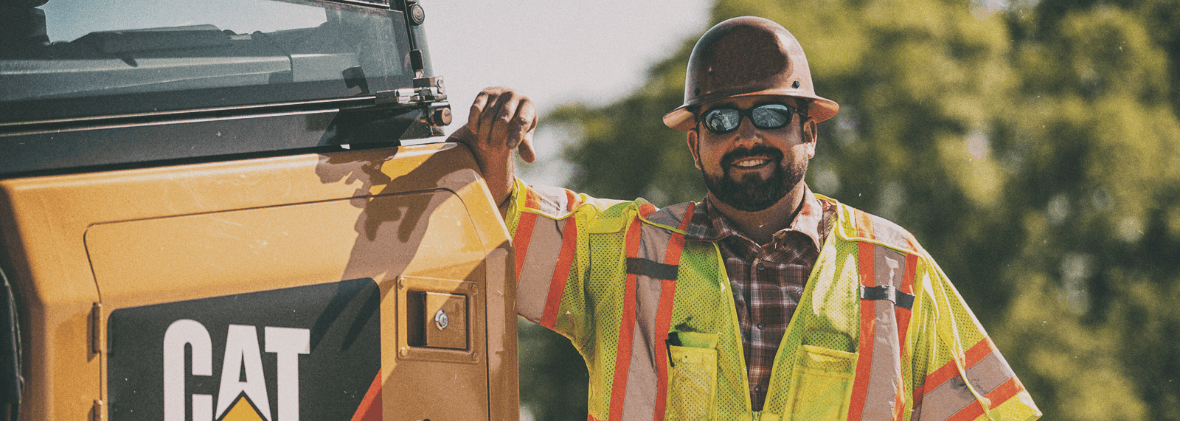 Act Now
Act Now
- Bookmark IRS Publication 535 for updated tool deductions .
- Run your project through United Rentals’ TCO calculator .
- Attend free ToolBros webinars on optimizing rentals for gig jobs .
In 2025, the right tool strategy is about aligning every dollar with your trade’s heartbeat. Choose wisely.

